|
Any visit to the Bavarian Alps is not complete without having a look at one of the many castles that look proudly down from prominent positions on the mountainside. On my short September trip to Germany and Austria I made a point of visiting three different castles, despite the weather (as usual) making it's best efforts to discourage me.
The first of my castles was on the Austrian side of the border, Hohenwerfen Castle is an 11th century fortress overlooking the market town of Werfen.
I had the impression that the castle was best seen from above so I made my way up to the overflow car park at Eisriesenwelt (an ice cave on the mountain opposite) to look for a vantage point. I had the idea that I might also visit the ice cave but once I understood that all photography was prohibited there I rather lost my enthusiasm.
The weather on this particular day was relentlessly miserable - windy, raining and cloudy - so i decided that the best approach would be to capture some timelapse footage of the castle and the nearby forest while the low clouds rushed through the scene.
The mountains and hills near to Werfen are not amazingly high but they rise very steeply which makes for some impressive views, but the thick cloud made it quite difficult to make much of the opportunity.
I returned to Berchtesgaden (after visiting the Erlebnis-Therme Amadé to warm up a little) and drove up to the summit of Rossfeld (the subject of my previous blog) to see whether there were any views through the clouds. The high vantage point allowed for some panoramic views as usual and there were just enough gaps in the cloud cover to allow some shooting.
The dreary weather produced scenes which were rather devoid of colour so I decided to embrace that when working with the images and aim for an "aerial footage from World War Two" kind of look.
The following day was slightly less wet but still quite overcast. I decided to visit the Wimbachklamm gorge for the first time in a few years.
The particular geology of the Bavarian Alps seems especially likely to generate spectacular gorges such as this, but perhaps it is just the case that they have just been made more accessable to visitors in this area than many others.
Shooting in a gorge such as this is a challenging activity. Typically such places are accessable only via a narrow ledge or an artificial walkway attached to one of the gorge walls. There will be a sturdy barrier to prevent dangerous falls but usually the path itself is pretty cramped and there is a flow of people along it. Setting up a tripod is likely not a luxury that will be available for you. Another constant difficulty is the spray from the rushing water, this requires attention between shots and also makes changing lenses a dangerous activity (you do not want the camera sensor to get a bath every time you change a lens). Being properly prepared and being able to adapt to what you find becomes much more important than usual.
As is often the case in places like this I found myself looking for more intimate scenes. Selecting a single interesting detail or a tiny fragment of a wider scene is an excellent way to produce images that are not like every other image that has been taken at a particular place. "Different" is quite easy... but when you also want the image to look good it gets harder. A good portion of the images that I come up with in this way seem to fall flat with an audience, but that is fine, in the end I think it is more important to try to satisfy myself rather than others when I produce my images.
Another of the beautiful highlights in the Berchtesgaden region is the lovely Hintersee lake. This is another place that I have returned to many times, as much because I love to be there as for any photography related reasons.
The lake itself is shallow and beautifully clear, filled with green-blue alpine meltwater, it is surrounded by mountains and is relatively sheltered. Perhaps those factors are helpful in some way for "trees growing on a rock in the middle of a lake", or perhaps it is a coincidence, but either way Hintersee has plenty such trees adding to it's charm.
Hintersee is a popular destination for photographers and hikers, a number of trails lead to and from this lovely lake and it is usually relatively easy to park.
My few days in Berchtesgaden were soon over and I made my way to my next home base in the Austrian village of Reutte. Upon arrival I found the owner in a state of considerable distress because my room was not ready - the indiviuals who had checked out earlier in the day had left the place in a truly terrible state. Sometimes I really wonder what is wrong with people that they can act without basic respect for others. The owner kept mentioning the nationality of the people who had left the mess, but I do not think that any country is entirely free of assholes so I do not see that it is relevant to the story. We agreed that I would delay my check-in by a number of hours.
My reason to be near to Reutte could be found just across the border into Germany. The village of Schwangau, near to Füssen, is the location of a number of spectacular buildings. Lets start with the very beautiful Hohenschwangau Castle.
A castle has been on this site in the Allgäu Alps for many centuries, the earliest known records mention it's presence in 1397, but by the time the site came into the possession of King Maximillian II of Bavaria in 1832 it was in a dilapidated state. Maximillian began construction of the present day castle in 1833 and it was completed in 1837 with further additions being added periodically until 1855. This beautiful and perfectly situated castle was Maximillian's official summer and hunting residence.
My Finnish readers will be familiar with the attraction of a summer cottage, something which is traditionally passed down through the generations. Bavarian castles are similar, but Maximillian's son and successor King Ludwig II was not satisified enough with the castle he inherited in 1864. Construction of his own castle, Neuschwanstein, began in 1869, funded by his personal fortune and some personal loans.
The castle is a magnificent sight from the village below, overlooking the area from it's perfect vantage point, but even better views are to be found by making the steep hike up to the Marienbrucke bridge, crossing the wobbly bridge (nervously in my case), and continuing up a mountain trail for a while. The view of the castle with the village in the background is stunning and there are also clear views of the mountains to the south of the castle.
Neuschwanstein Castle has always been a magical place for me, having visited it as a 3 year old in 1978. It was nearly 40 years before I returned for a second look (a first look with my camera) and I have returned a couple of times since then. The castle itself is a major tourist attraction with more than a million visitors every year, so you will not get the place to yourself, but if you aim for sunrise or sunset times then you can get good access to the different viewing locations.
On this particular visit I enjoyed weather which was firstly too pleasant and then too unpleasant to be ideal for photography, but I still very much enjoyed the experience.
Another grand building, down on the valley floor, is the lovely Pilgrimage Church of St. Coloman, named after an Irish monk who stopped at the site on the first stages of his ill-fated 11th century journey to the Holy land (he was hanged in Austria shortly afterwards having been thought to be a spy due to his strange appearance).
I have seen beautiful photos of this church, it really suits a snowy winter scene, but every time I have attempted to photograph it the weather has been fairly miserable. When the light is not cooperating then some other tactics are needed to bring at least a little interest to the photographs.
On my final day of this trip, the weather was quite horrible - hammering down with rain, quite windy, and not very good visibility. When trying to photograph Neuschwanstein these conditions are actually very interesting, the castle itself is right around the cloud line on the most miserable days and this can give a deeply atmospheric feeling to any images you might capture before you get completely soaked through and miserable.
I spent a most enjoyable couple of hours in the meadows near to the Tegelberg cable car shooting timelapse footage of this castle in the clouds. Although it was very wet it was not very cold so I decided to use my waterproof jacket to protect the camera from the rain instead of protecting msyelf, accepting that I would be soaked to the skin as a consquence.
I have always loved spending time in Bavaria, and I hope I will have many chances to be there again.
I would like to thank all my readers for supporting my blog with their likes, shares and comments, I appreciate it very much. Until next time, Andy You can also find me here...
Recent Posts
1 Comment
The state of Bavaria, in the southern part of Germany, bordering Austria, is simply one of my favourite places to be, and also one of my favourite areas to photograph. At the end of May I made my 5th photography trip to this amazing highlight reel of a region, spending a few nights near Berchtesgaden, followed by a couple of nights in Garmisch-Partenkirchen. By day I split my time between Germany and Austria, crossing the border multiple times as I travelled between destinations. One thing that was immediately obvious as I drove towards Berchtesgaden was how lush and fertile the land was at this time of year. All the fields and trees were the brightest of colours and the plentiful birdlife was highly active wherever you looked. On my first morning I was at the beautiful Hintersee lake by around 0500. This mountain lake, framed by tall peaks, is a lovely place to be and a really great photography destination. There are some famous views there which have been photographed extensively, but it is one of those places where there are so many possibilities that you can also find your own new compositions. There is an "artists path" which follows the shore of the lake, with different Hintersee inspired artworks displayed at intervals. This walk is exceptionally beautiful, taking in a number of lovely views, and it takes around 30-40 minutes to walk round the lake. At this time of year there are great possibilities for misty mornings, and this was a good example of one such morning. Conditions can change very fast once the sun starts to burn off the mist and it very quickly changes from "too much mist" to "not enough mist"... but on the other hand it is quite hard to predict exactly when that change will happen so photographing in these conditions involves a fair amount of waiting around. The water at Hintersee is remarkably clear and free of pollution and it is also shallow, calm and sheltered - there are possibilities to see the bottom of the lake through the emerald waters and there are also good possibilities for reflections. There are many options available to a photographer when planning a shot. For anyone who visits this area, whether they are interested to take pictures or not, I highly recommend Hintersee as a destination, it made an immediate impression on me when I first visited in 2016 and I have not become immune to it over numerous subsequent visits. It's one of those places you can't get enough of... I wish I was there now. I could not leave Hintersee without making my version of one of the more heavily photographed views. There are a few rocks in the lake with trees managing to grow directly out of the stone, and they provide an interesting focal point for a picture with the mountains rising on either side (hidden by mist and cloud on this occasion) and the Hintersee village on the right hand side. After the beautiful early morning at Hintersee it was time to retreat to my accommodation for breakfast. On previous visits I had always stayed at the truly excellent Hotel Edelweiss, a superb hotel which I definitely recommend, but on this occasion the Edelweiss was full so I decided to try a different approach, booking into Villa Bello in the village of Oberau, a few kilometres from Berchtesgaden. I chose this location because it was particularly near to Rossfeldpanoramastrasse and I liked the idea of being able to get from my room to the top of Rossfeld (about 1600m) in just a few minutes on occasions when the light looked promising. Villa Bello is a lot more basic and resides at the other end of the price range from the more up market Edelweiss, but I think that both offer great value for what they are. After breakfast it was time to head for my next location, I intended to be on the first boat heading out into the beautiful and peaceful lake Königsee in order to be ahead of the crowds as I made the trek towards the tallest waterfall in Germany, the 470m tall Röthbach falls. The journey to the Röthbach waterfall is quite a long one, beginning with a boat from Königsee. The first stop of the boat is at the iconic St. Bartholma church with its red roof and towers, but in order to get to the waterfall you need to stay on the boat until the final stop at Salet, a trip of about 30 minutes from Königsee. From Salet it is about a 20 minute walk to reach the north side of Obersee lake. This lake is absolutely the most beautiful and most photogenic part of the journey to the waterfall. At the north side there is a single boathouse which provides a great foreground for a picture of the surrounding mountains reflected in the lake, with the waterfall clearly visible (despite still being kilometres away) in the background. The weather on this day was rather variable, the battle between the sun and the clouds was very hard fought and each had their victories, this meant that there were some moments with an interesting combination of light and shadow. Obersee, like Hintersee, is exceptionally well sheltered from the wind and this means that flawless reflections are often possible in the lake surface. The walk around the lake is a bit challenging in wet conditions as the rocky path becomes quite slippery, but there are some very beautiful views to enjoy on the way. The walk to the south side of Obersee takes around 30 minutes, depending on the traffic. The path, at the steepest and slipperiest part, is also rather narrow, so it can be quite a bottleneck due to slower moving people in front of you or people returning from the other direction. This was why I wanted to be in the first boat of the day, hoping at least to avoid the two-way traffic on my journey to the falls. At the southern end of the lake you can find another solitary boathouse, looking back towards its counterpart at the northern end. 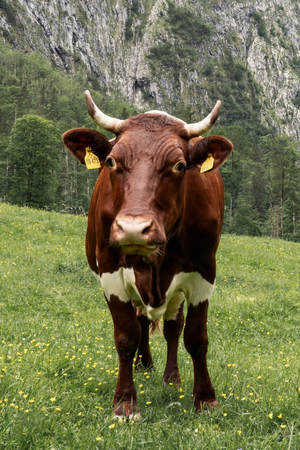 After the boat journey, the hike to Obersee and the journey around to Obersee's southern side it is now time for the final push towards the waterfall. That final part of the journey takes around 30-40 minutes. The waterfall itself is not a particularly good subject for photography when you get closer to it (other opinions may be available on this subject), but it was good exercise and interesting to see it in person. Some of the other observers appeared to be somewhat less interested, this cow only had eyes for the fresh green grass. After completing the return journey to Königsee I confess that I started to be quite tired. Even though it was only mid-afternoon it had already been a long day and I had carried my camera stuff for close to 30 kilometres. I retreated to a restaurant in Berchtesgaden for some food and checked the situation in some photography competitions I had entered. I was delighted to see that one of my staircase pictures from Vienna had won the Top Photo award in the Black and Yellow challenge on GuruShots, an online photography competition. I participate regularly in these competitions and occasionally I manage some successes - I added a "Recognition" Page to this site in order to keep a record of any notable achievements. Restored by the meal, and encouraged by the win, I decided to visit the Maria Gern chapel at dusk. Those who have studied my previous posts might remember that I have shared very similar shots before... but I really like this view and I always want to try and make improved versions or just capture the scene in different conditions. This trip included such a range of locations that I will have to cover it across multiple posts, but before I conclude this instalment I would like to share some images from my drive up to the summit of Rossfeld the following morning. The Rossfeldpanoramastrasse toll road is a super way to get to a panoramic viewpoint without requiring extensive and time consuming hiking. For a few euros you can get past the gates and drive all the way to the summit at about 1600m elevation. Rossfeld is not a particularly lofty peak compared to many of the surrounding mountains but it is located beside the Salzach river valley which gives enough surrounding space to make Rossfeld a superb viewpoint to many directions. The summit of Rossfeld is right on the border between Germany and Austria and the available views cover the territory of both countries. It is possible on a clear day to see all the way past the Tennen mountains to the Dachstein massif some 70km away. I have spent many early mornings at the top of Rossfeld, sometimes quite uselessly if the cloud level is low, but so far I have not become tired of watching the sun gradually illuminate the different layers of the valley below and burn off the morning mist. That's it for part one of this trip, I hope that you have enjoyed this post and consider tuning in for part two! Thanks for reading, Andy |
AuthorAndy Fowlie See also:
SubscribeEnter your email address to receive notifications of new blog posts
Archives
December 2019
Categories
All
|
- Hub
-
Portfolio
- Flow 2019
- magical Vestrahorn 2019
- Fangorn 2019
- a snowstorm at Kintail 2019
- the village 2019
- a bolt from the blue 2019
- peaceful purple pastels 2019
- a Slovenian sunrise 2019
- the cormorant 2019
- Elgol on the rocks 2019
- weeds 2019
- pretty in pink 2019
- Ritsons Force 2019
- Sakrisoy on the Rocks 2019
- the Clappersgate eye 2019
- the Falls of Falloch 2019
- in the jaws 2019
- the devils teeth 2019
- tranquility 2019
- the old man of storr 2019
- Destinations unknown
- Articles
- Recognition
- Contact
- Store
- About

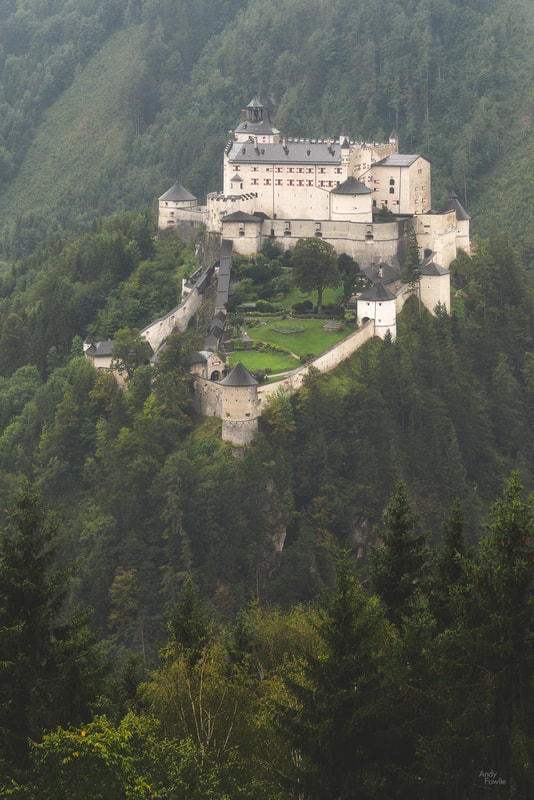
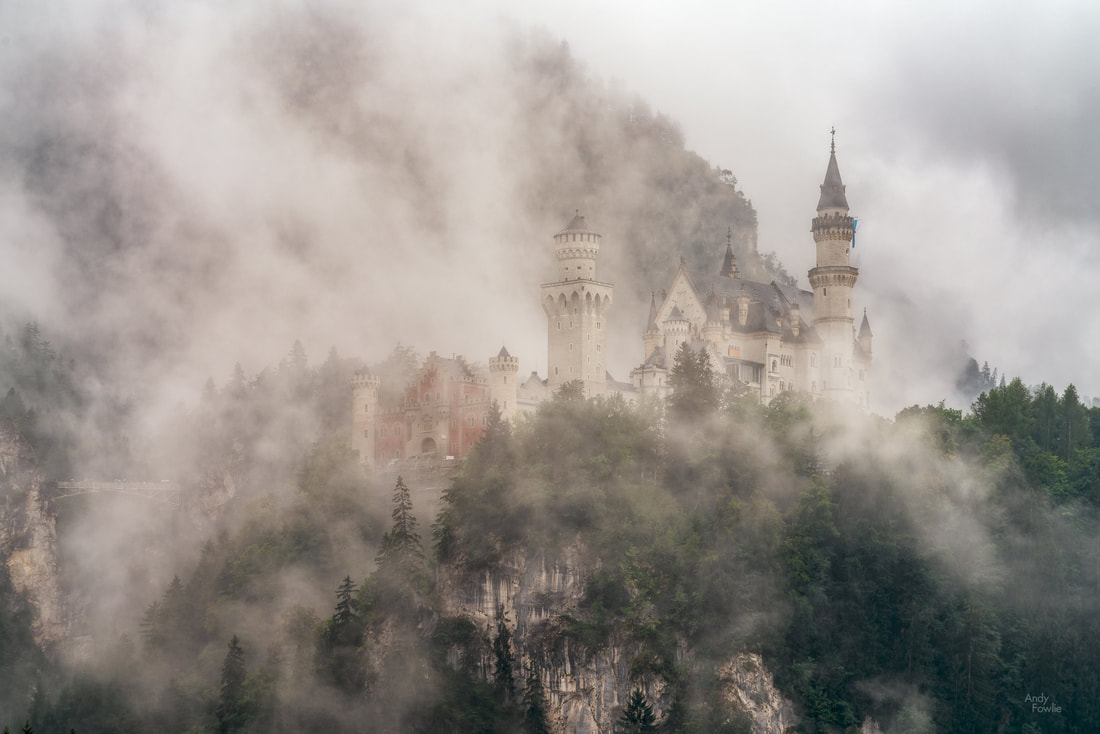
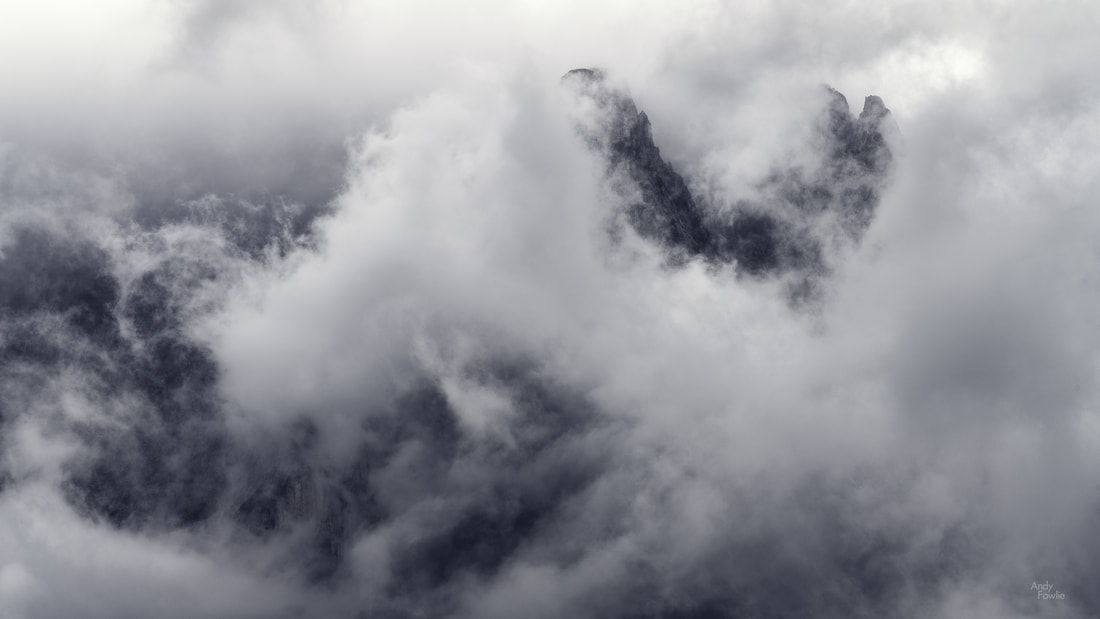
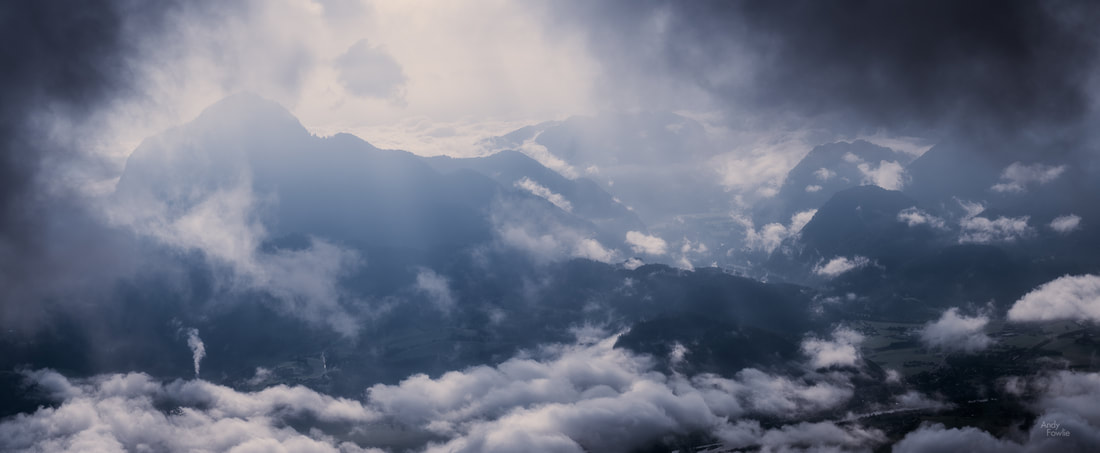
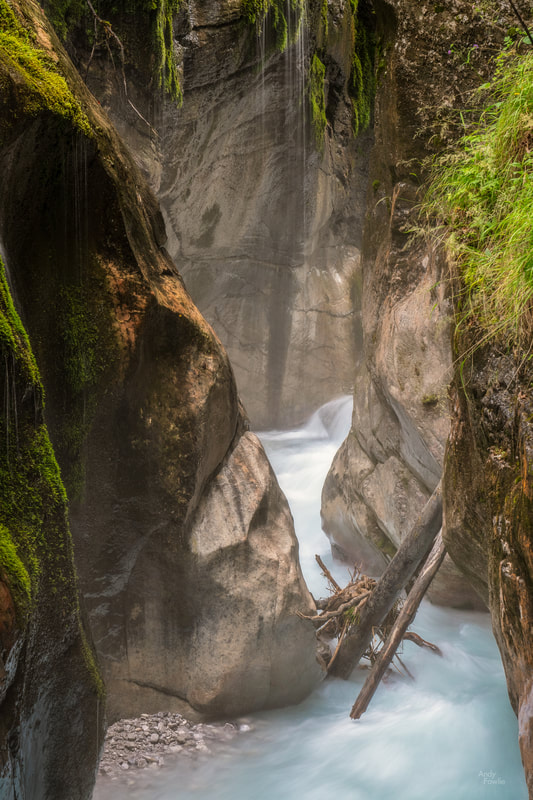
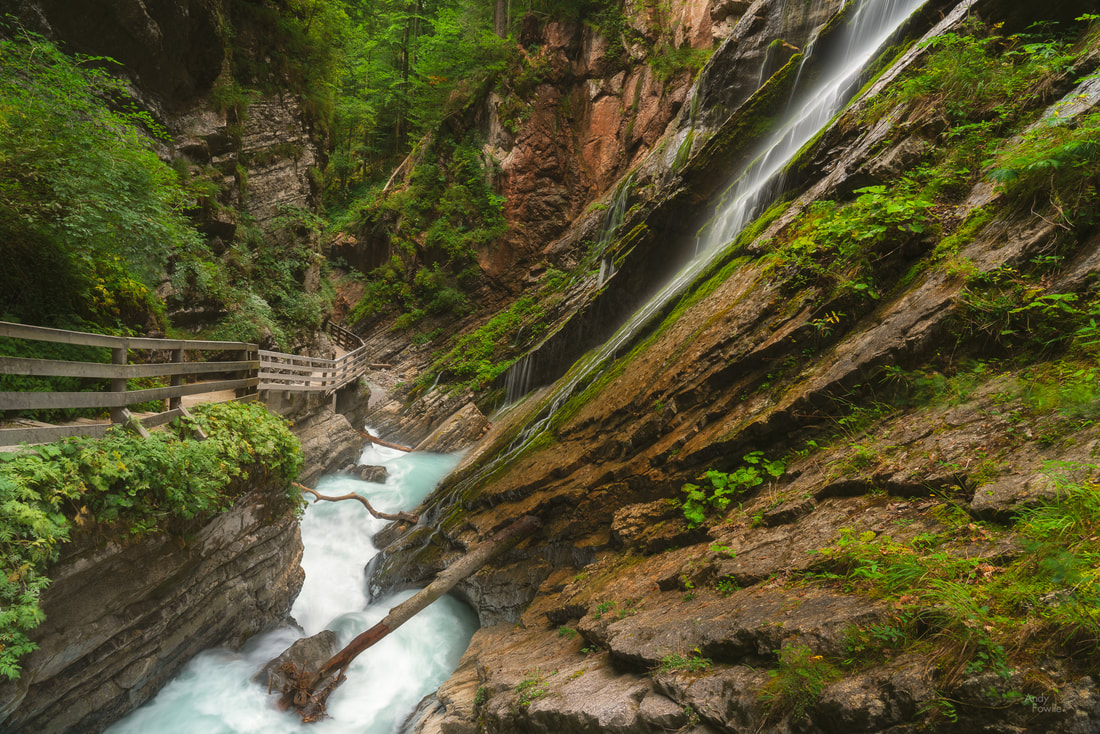
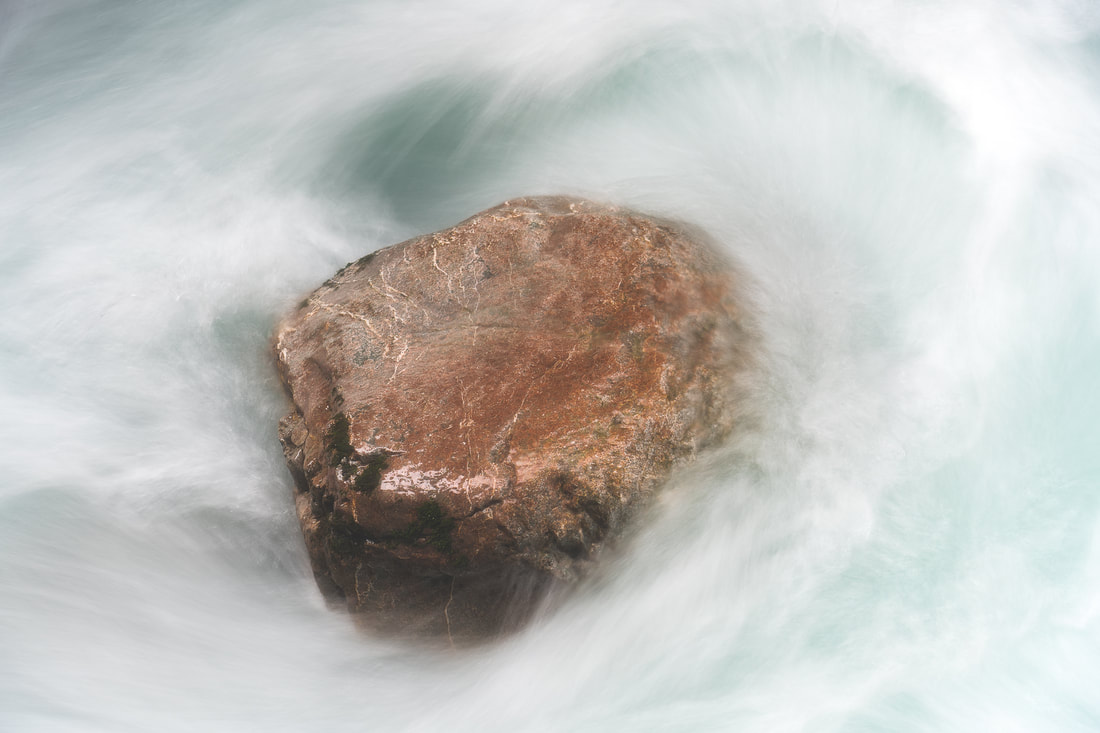
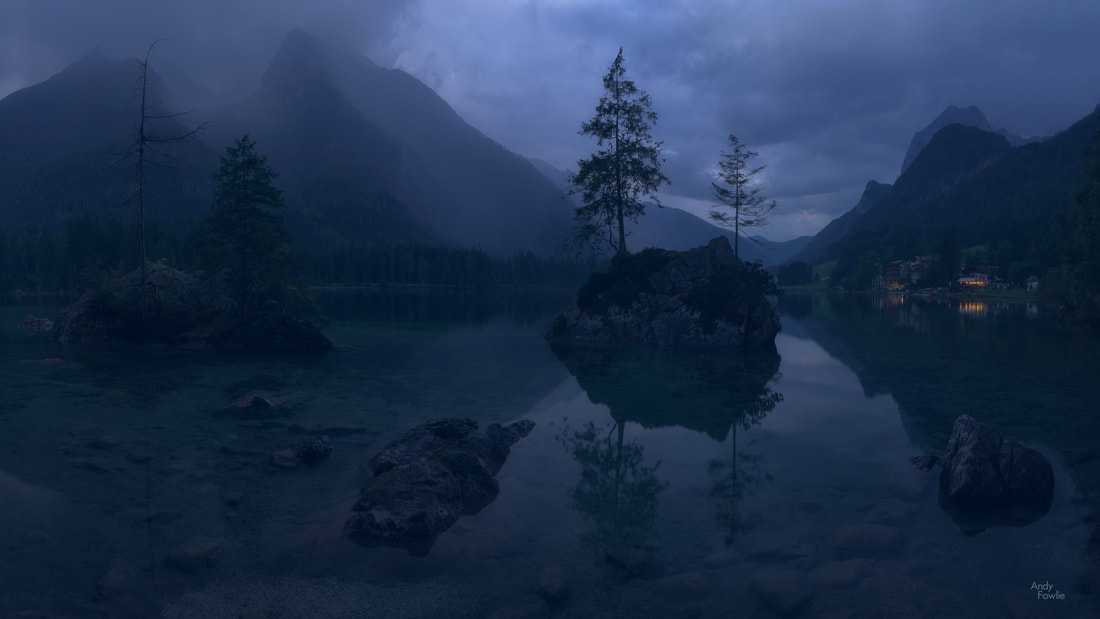
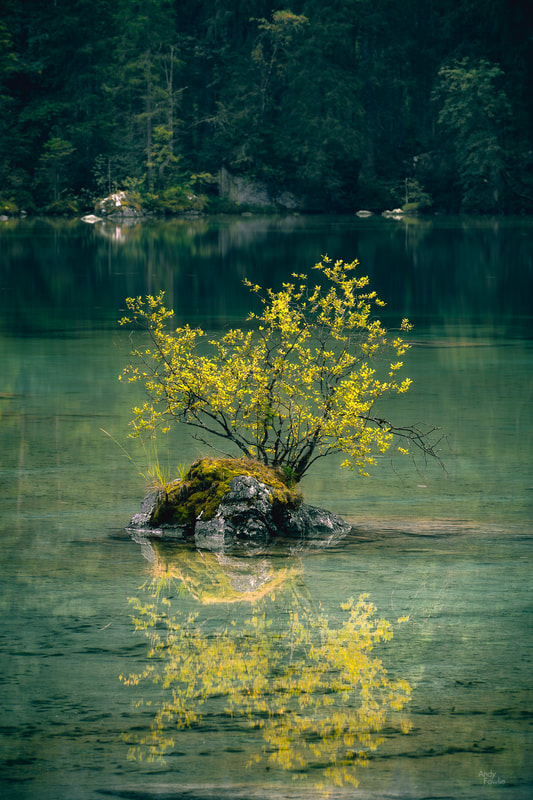
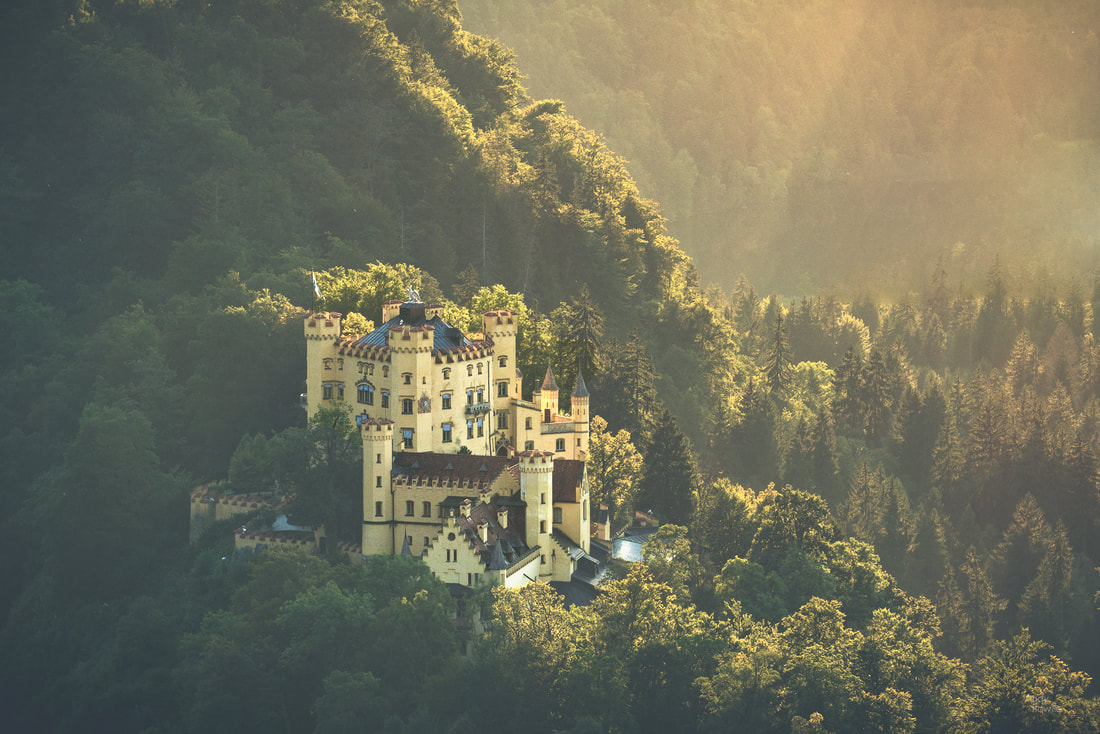
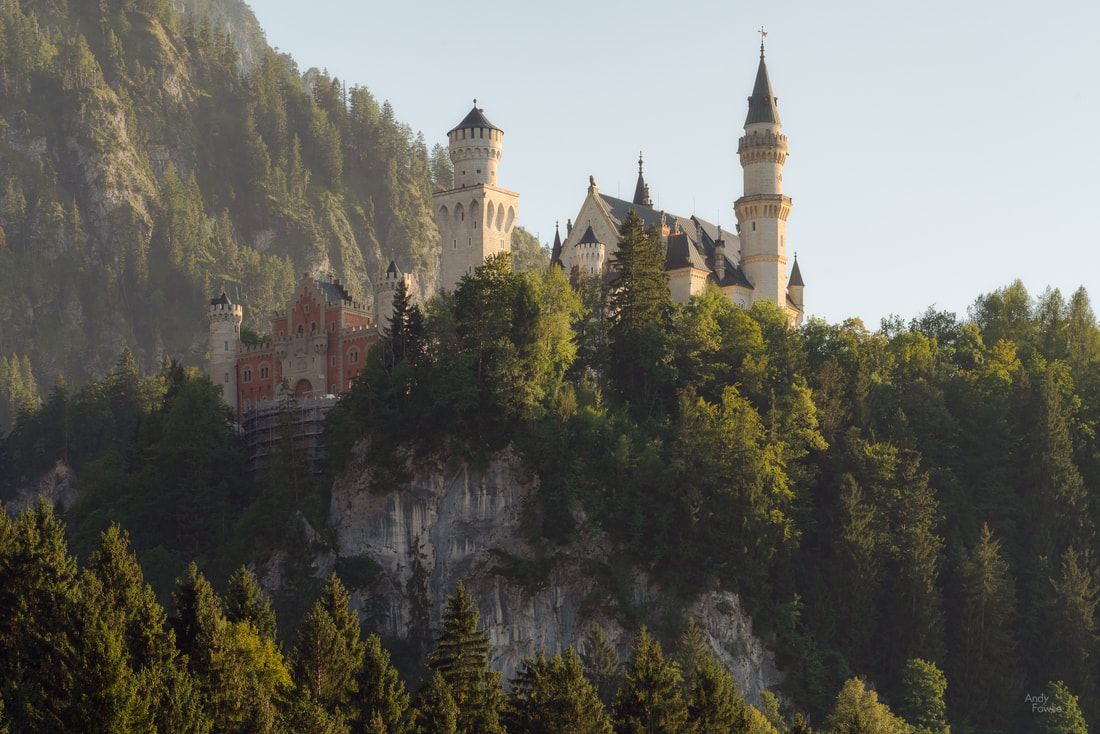
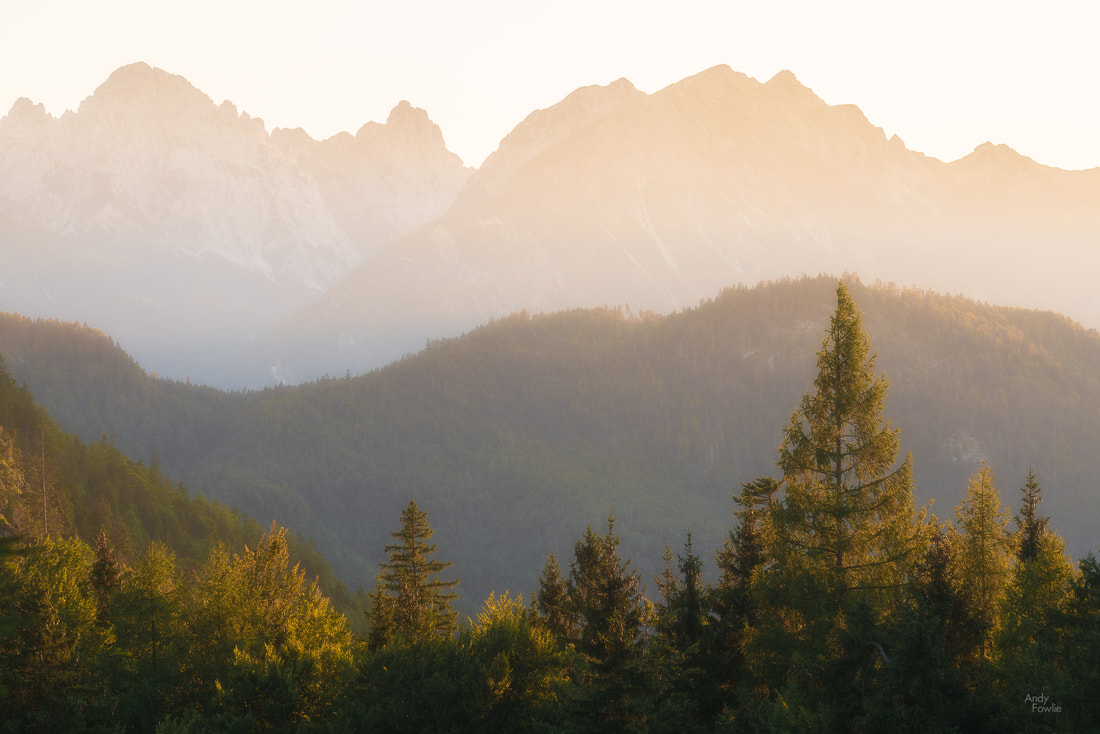
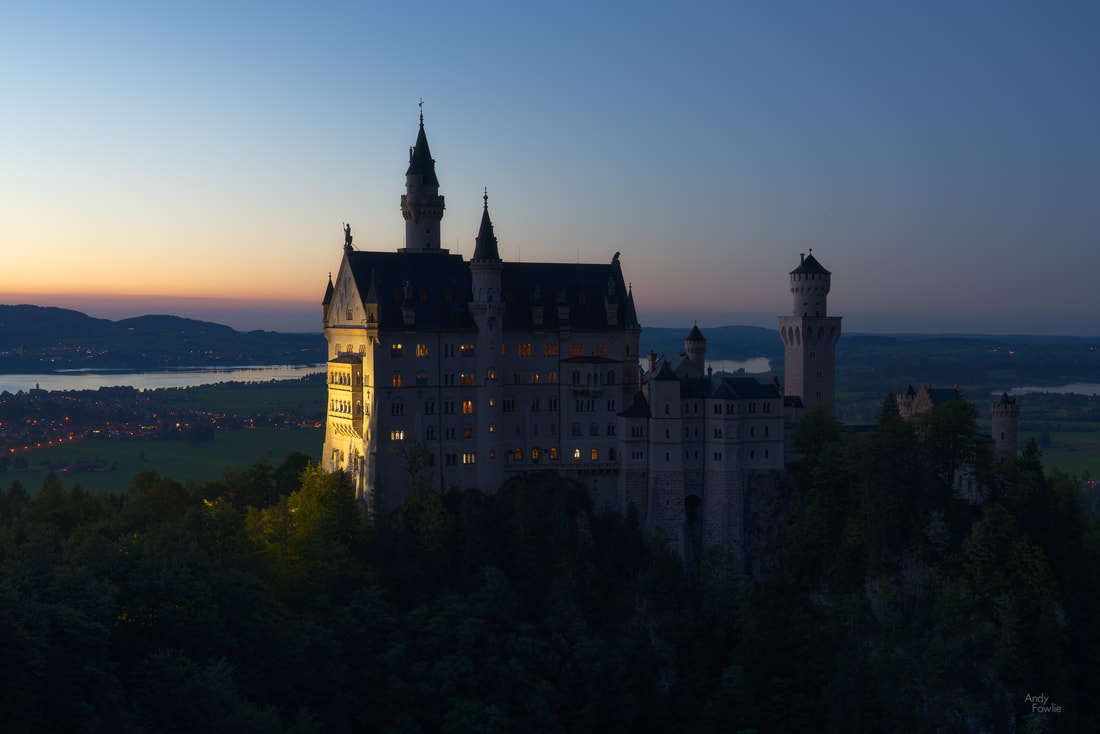
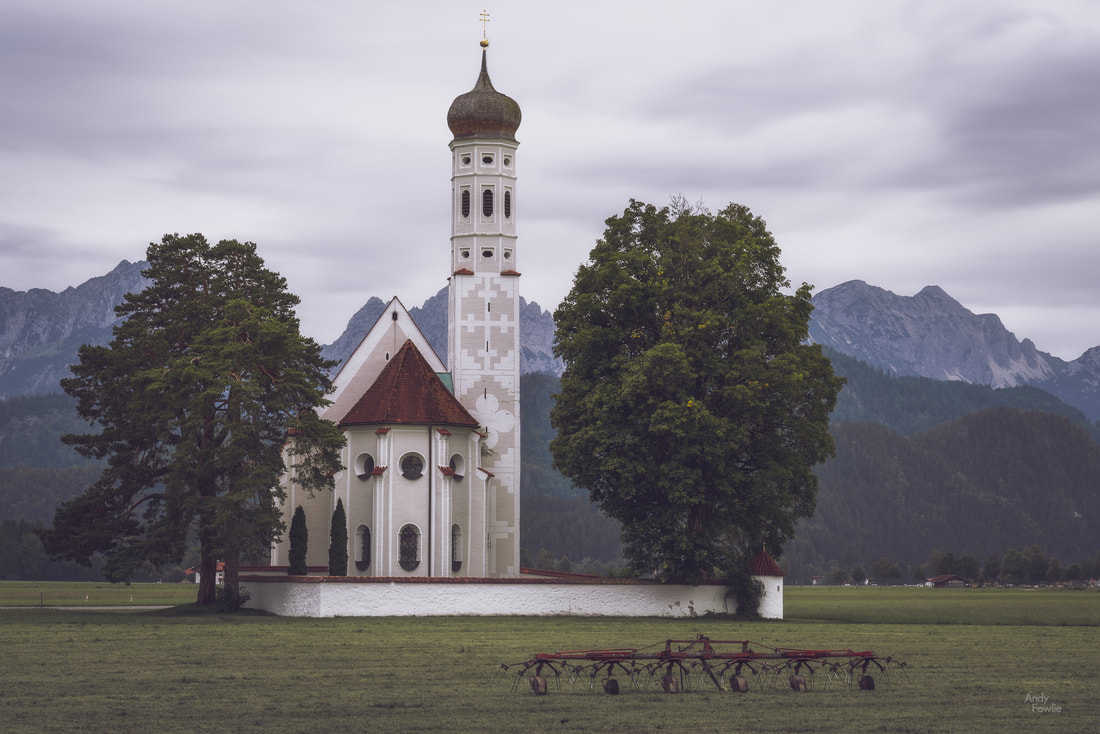
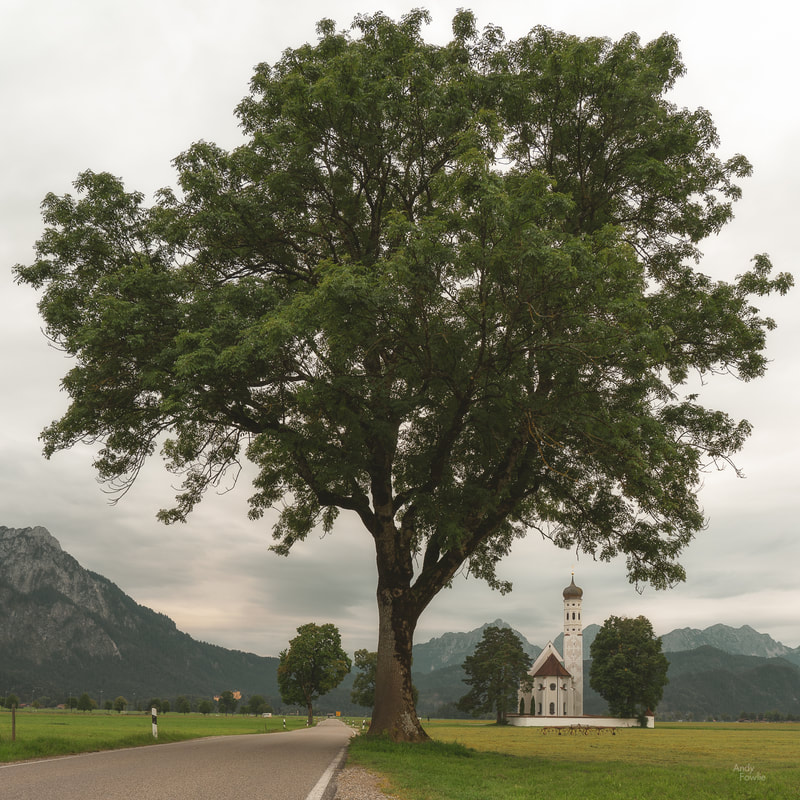

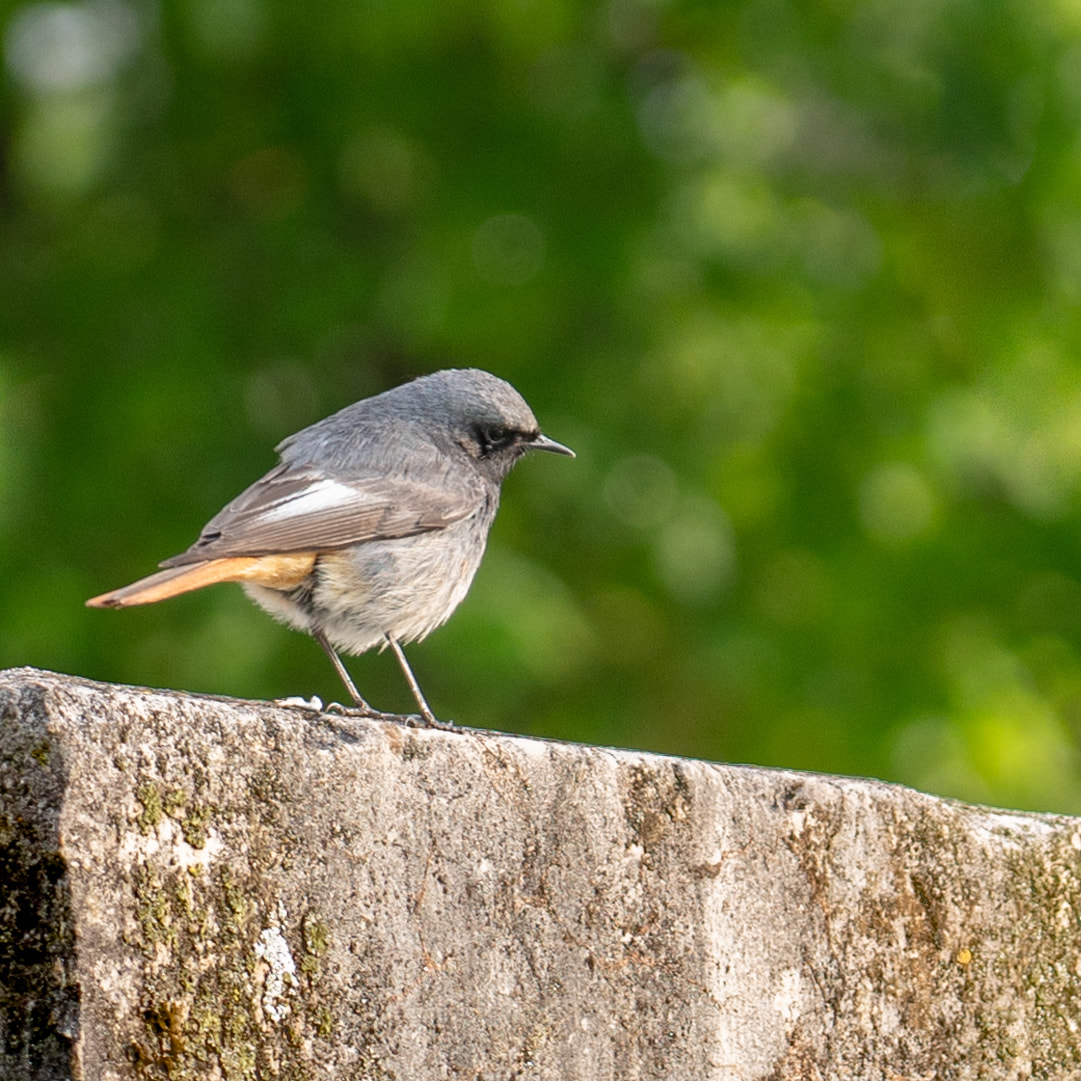
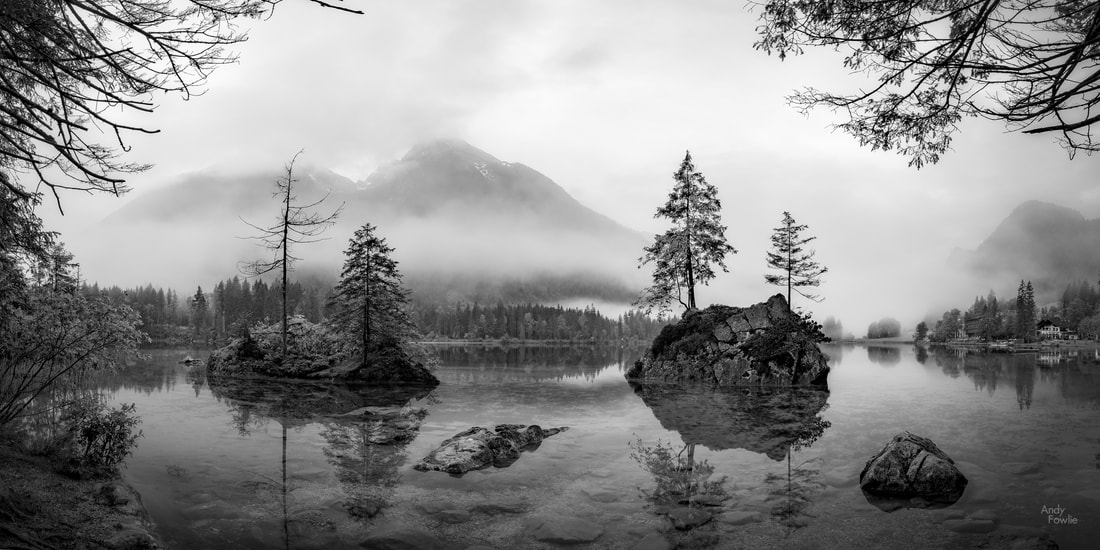
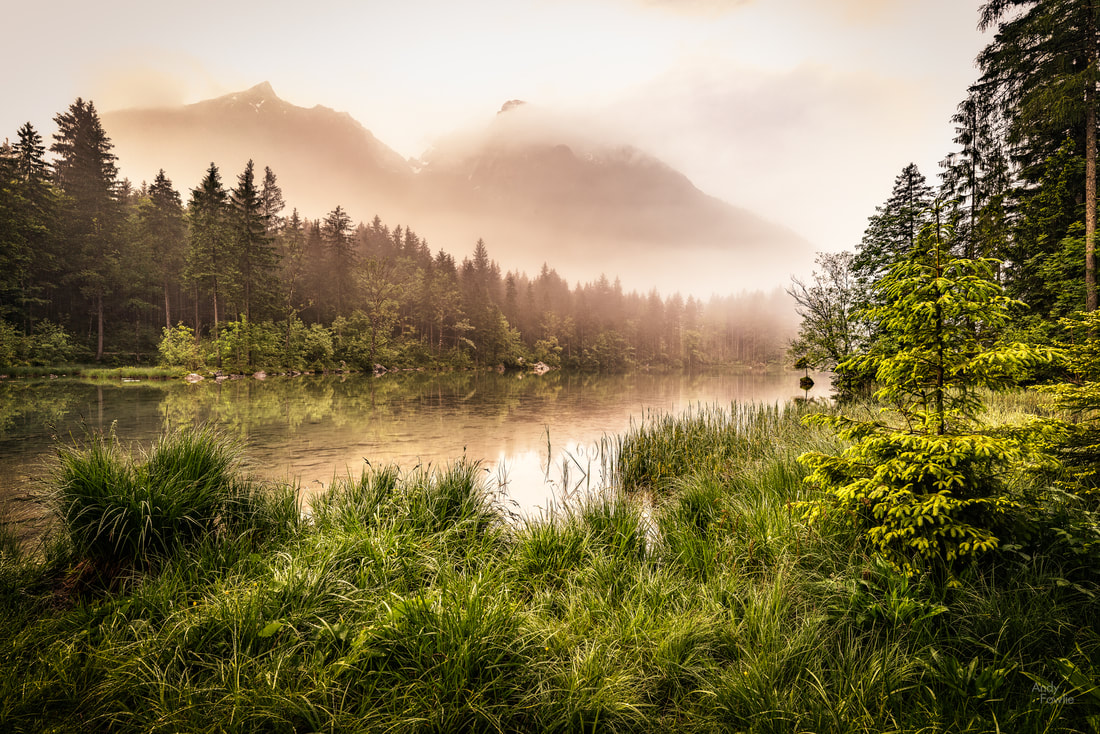
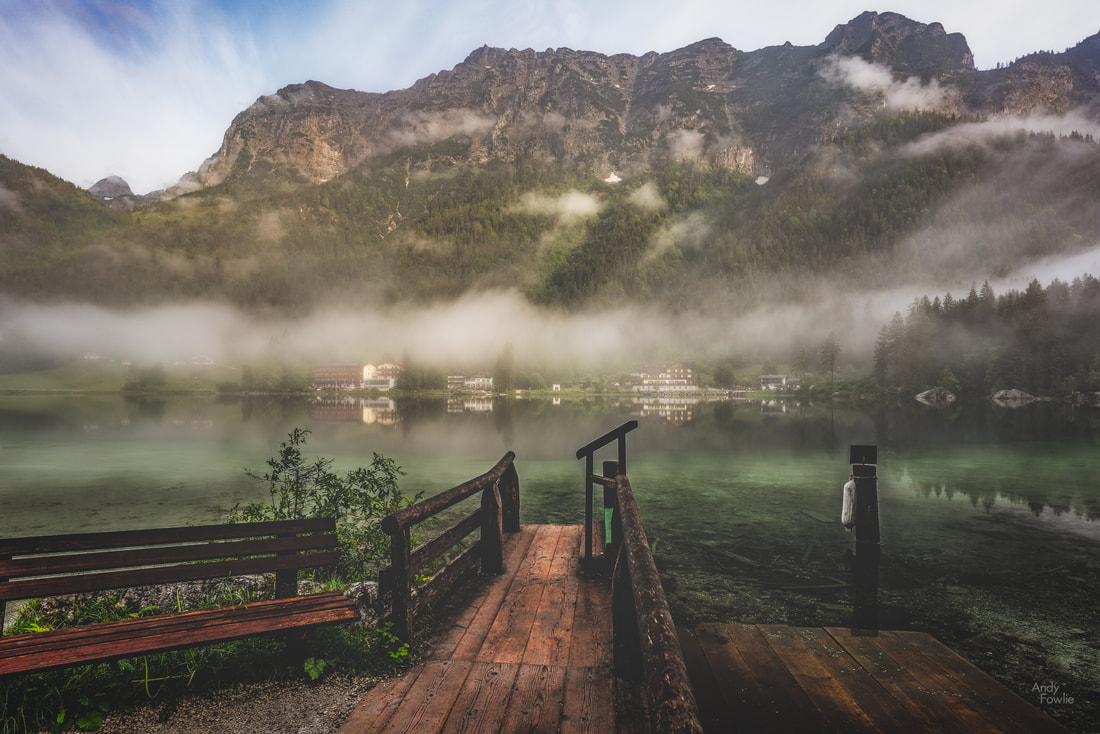
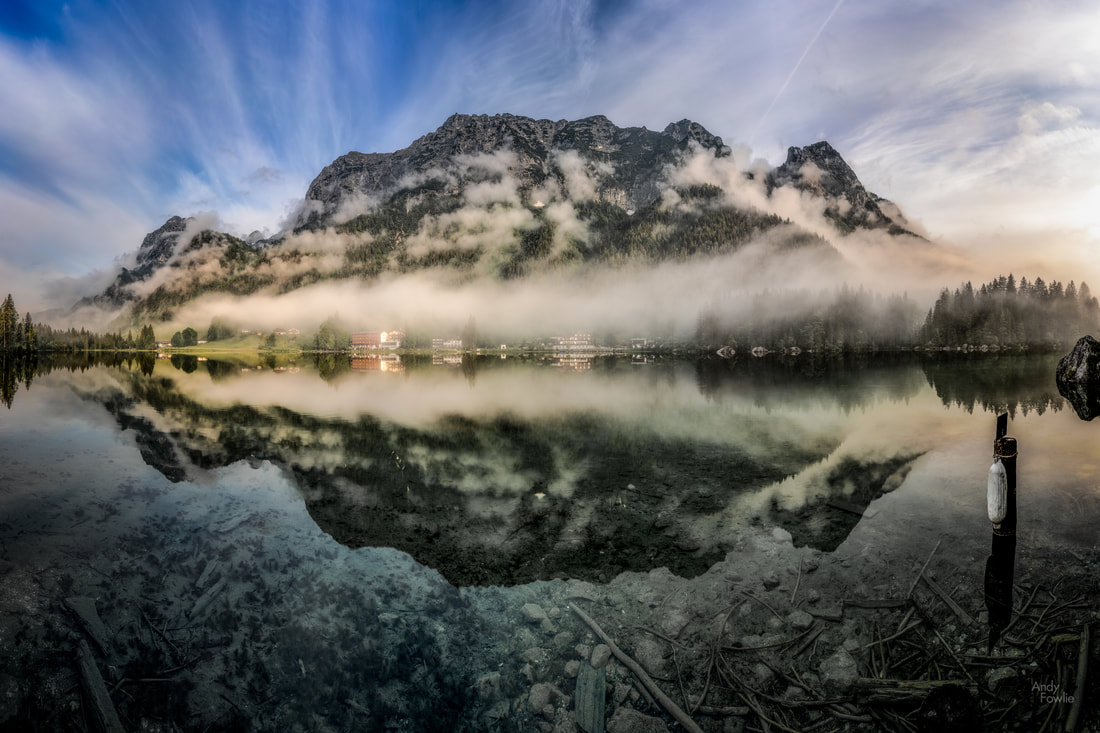
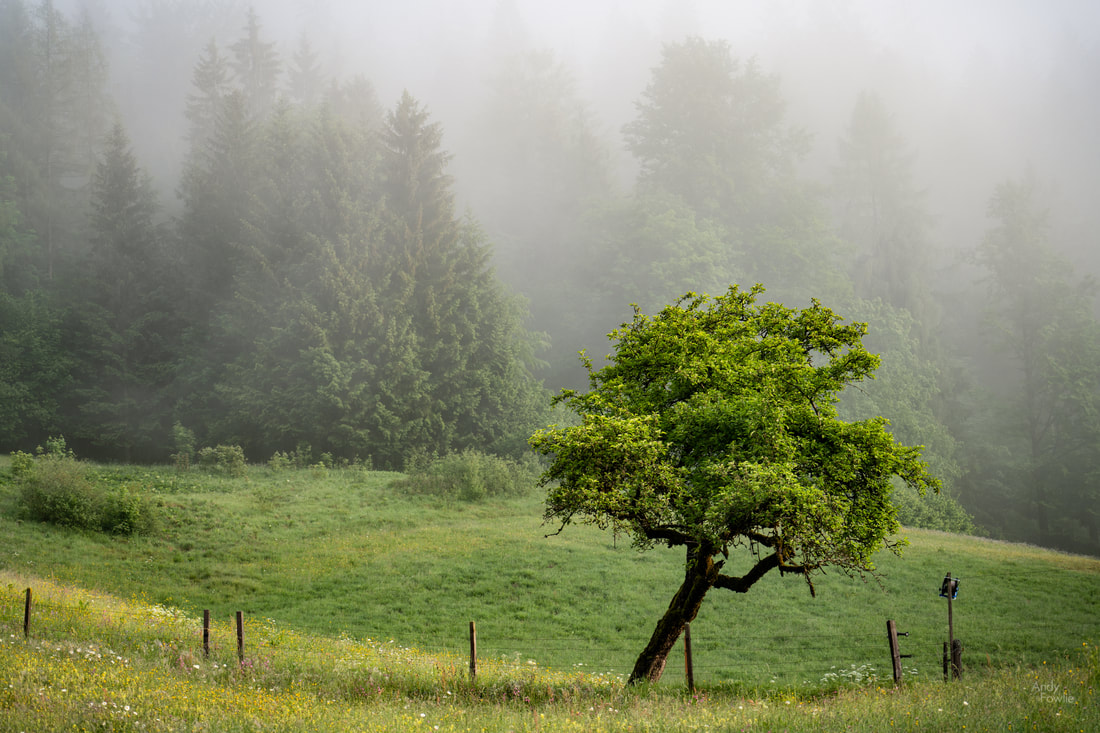
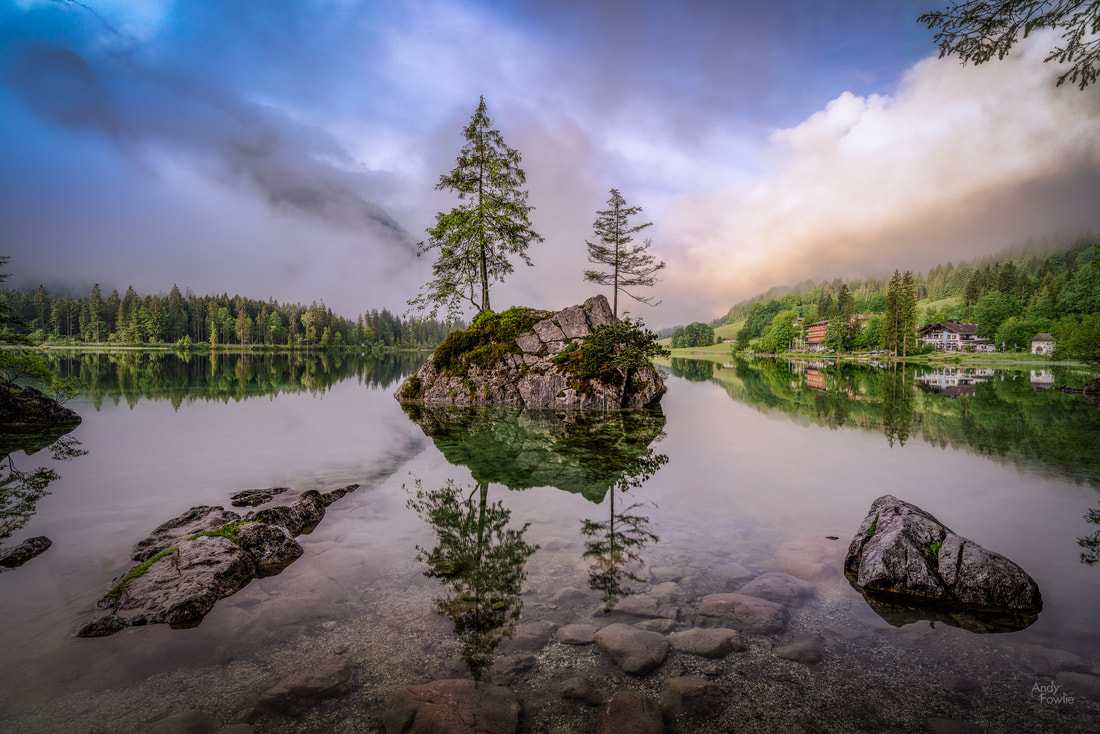
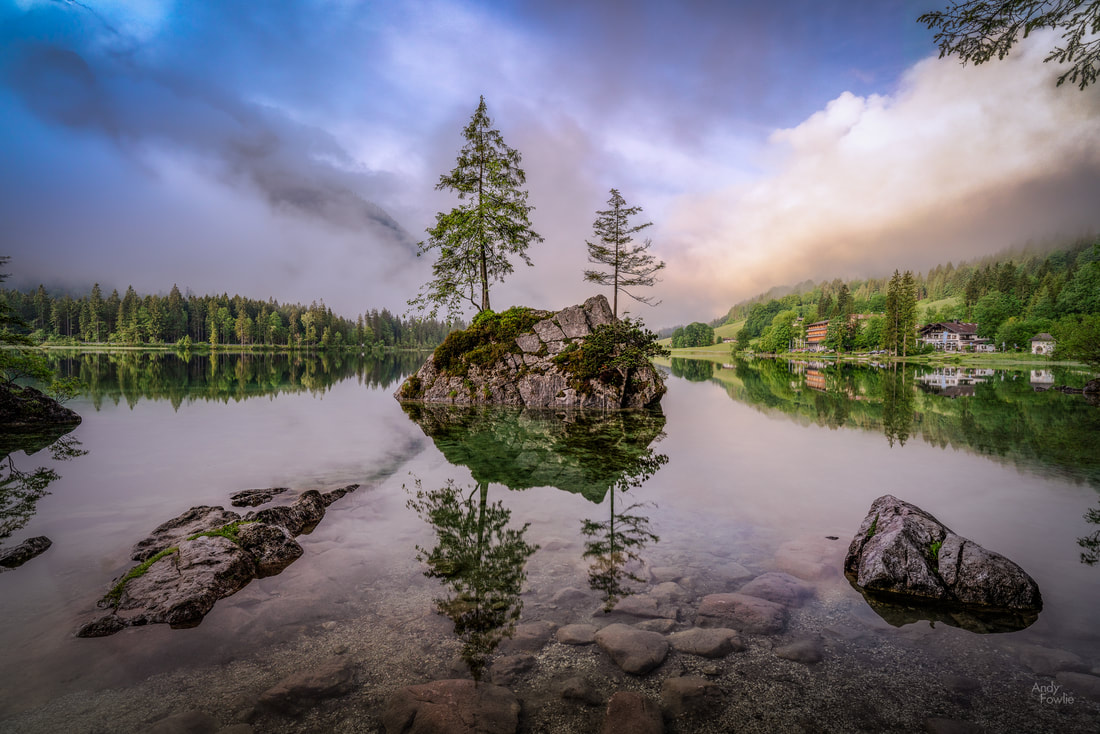
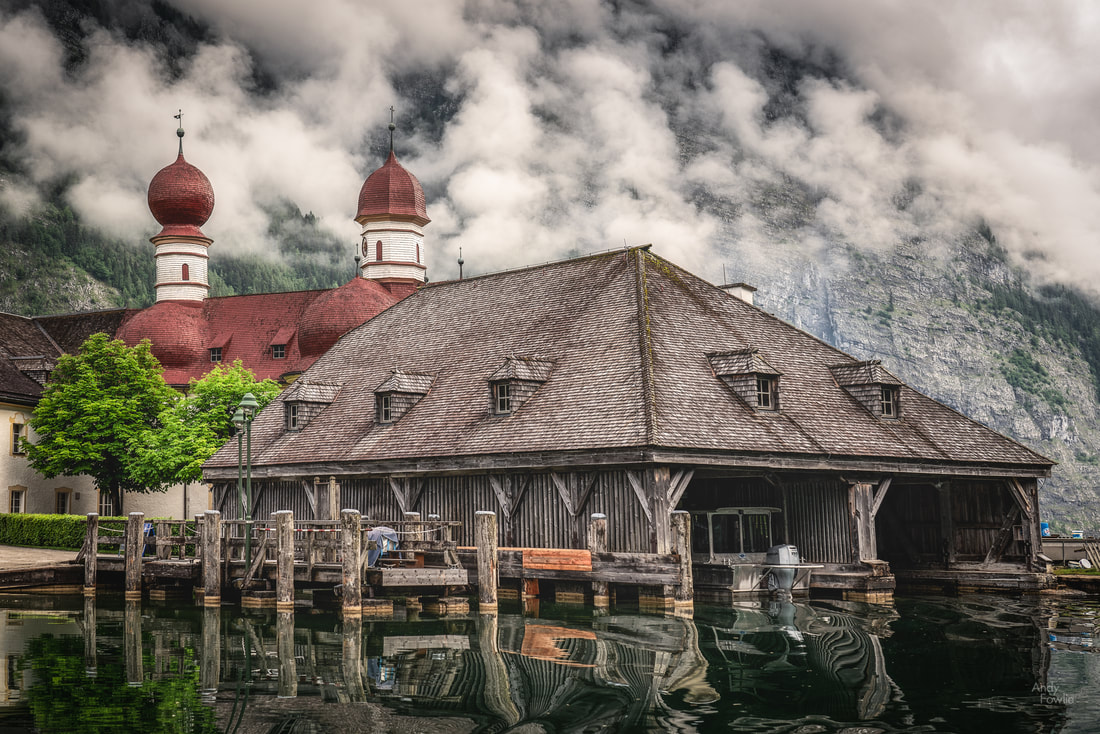
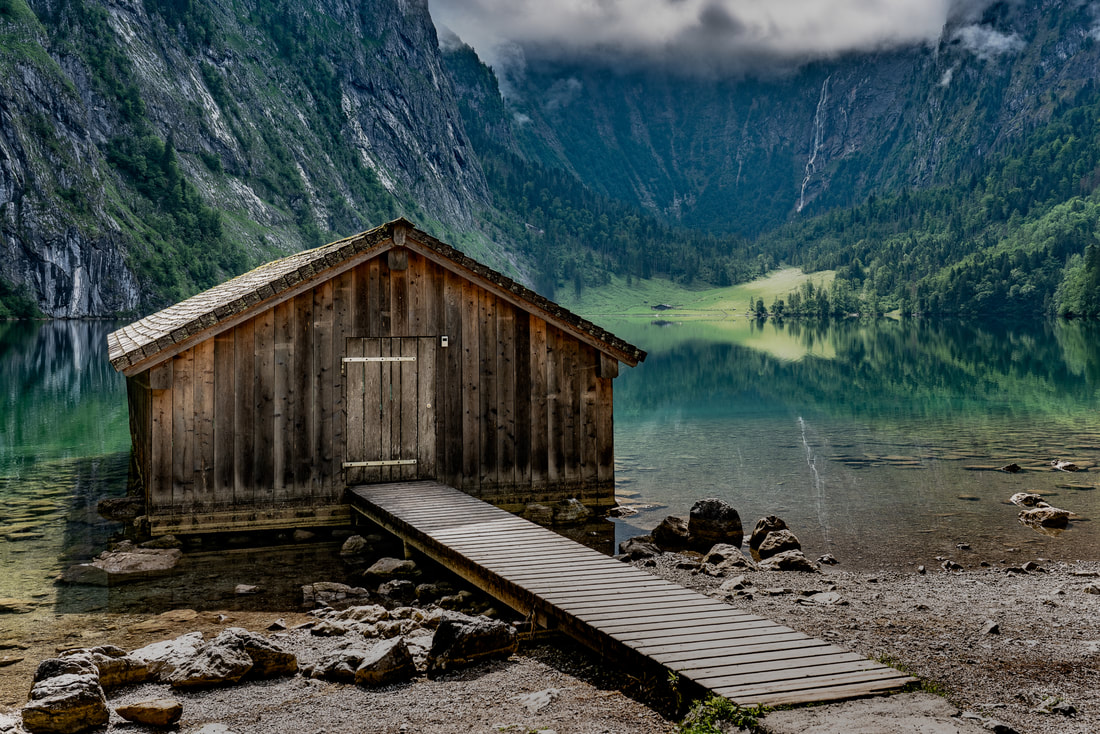
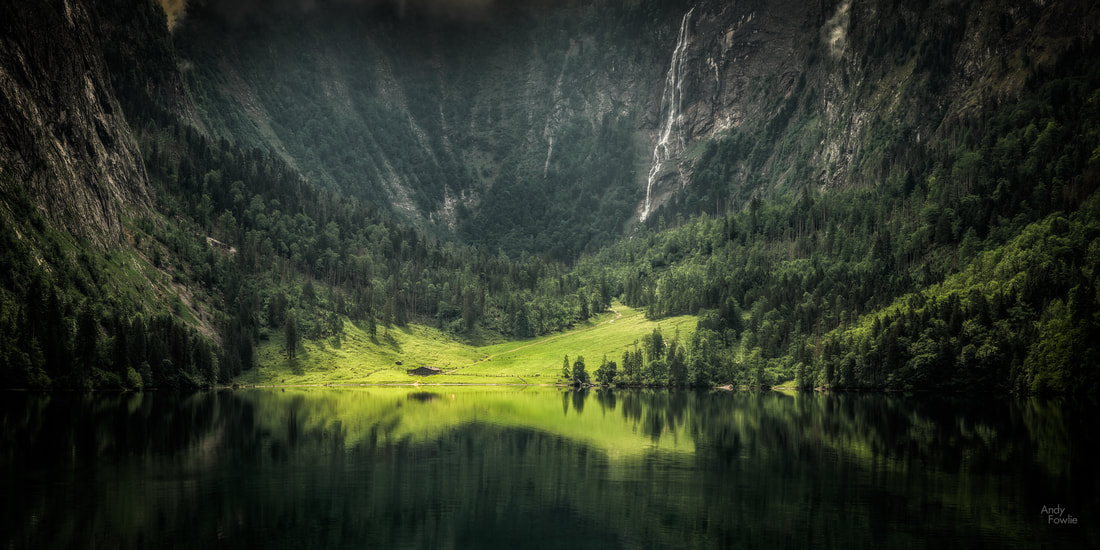
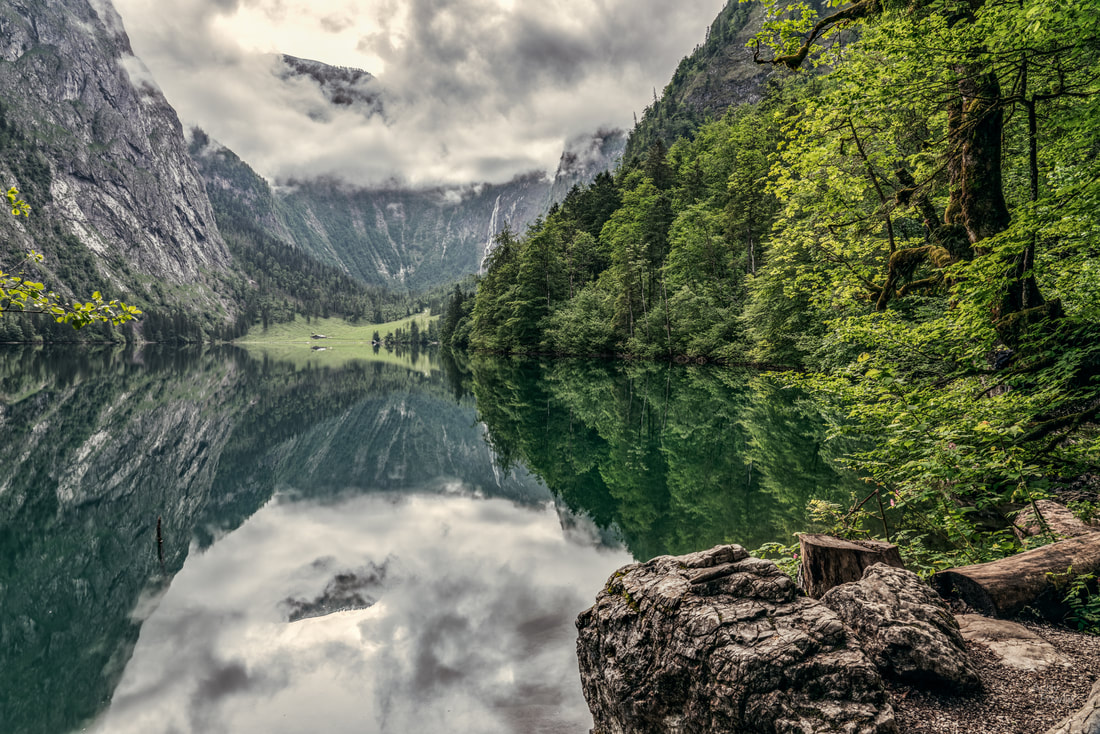
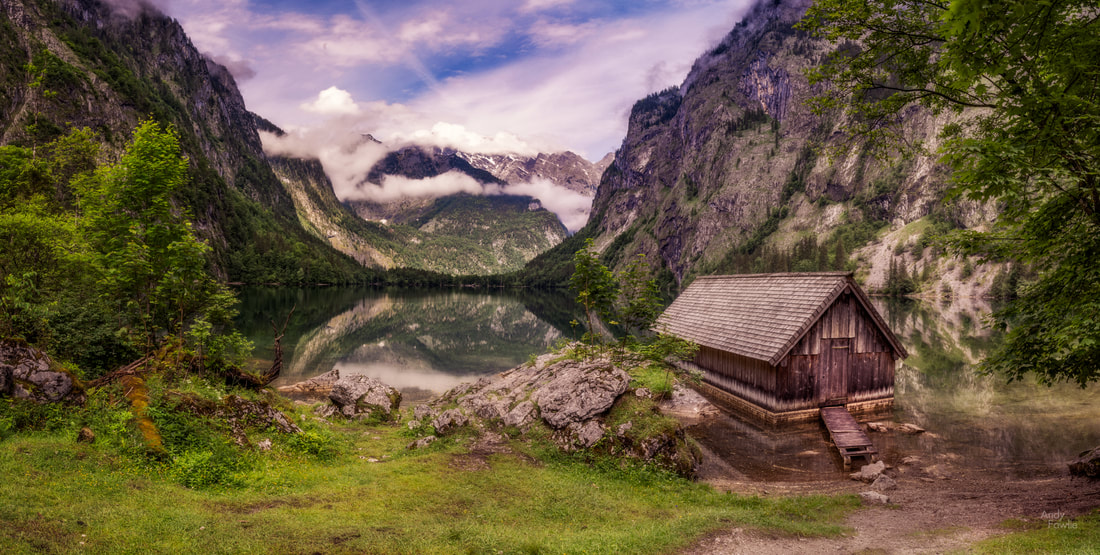
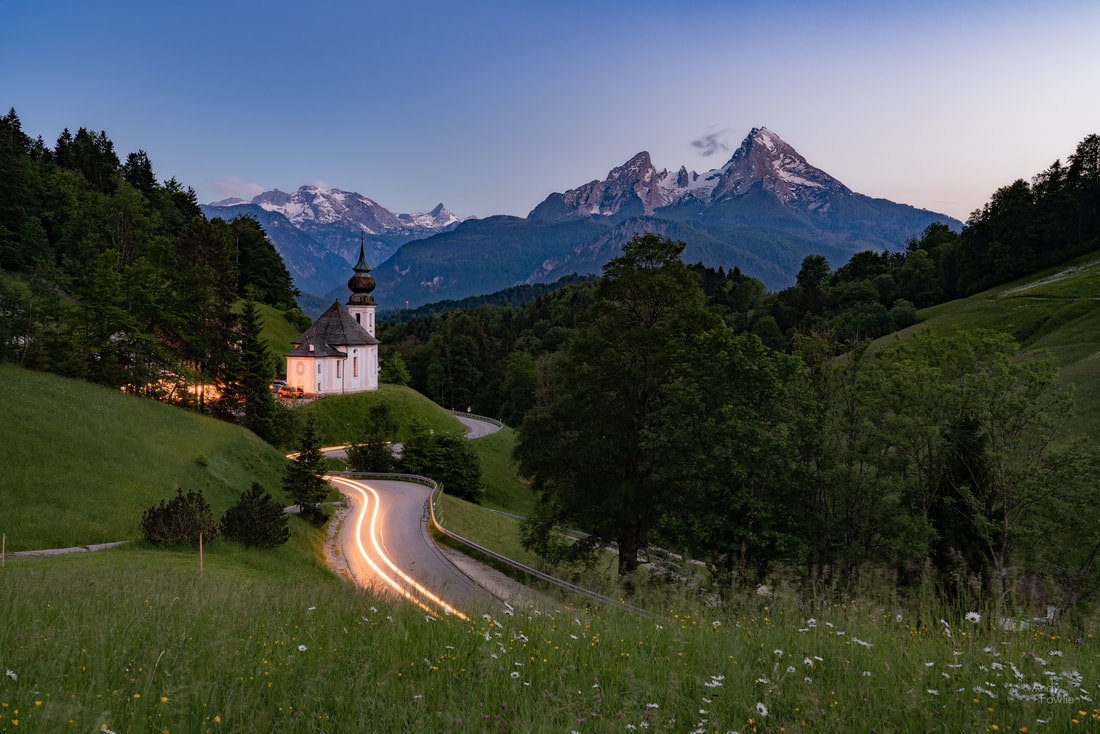
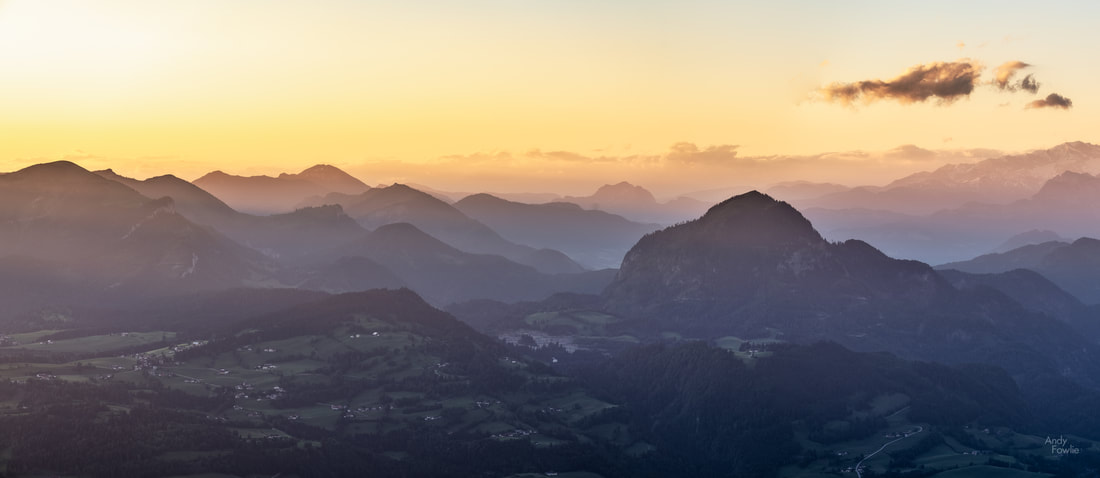
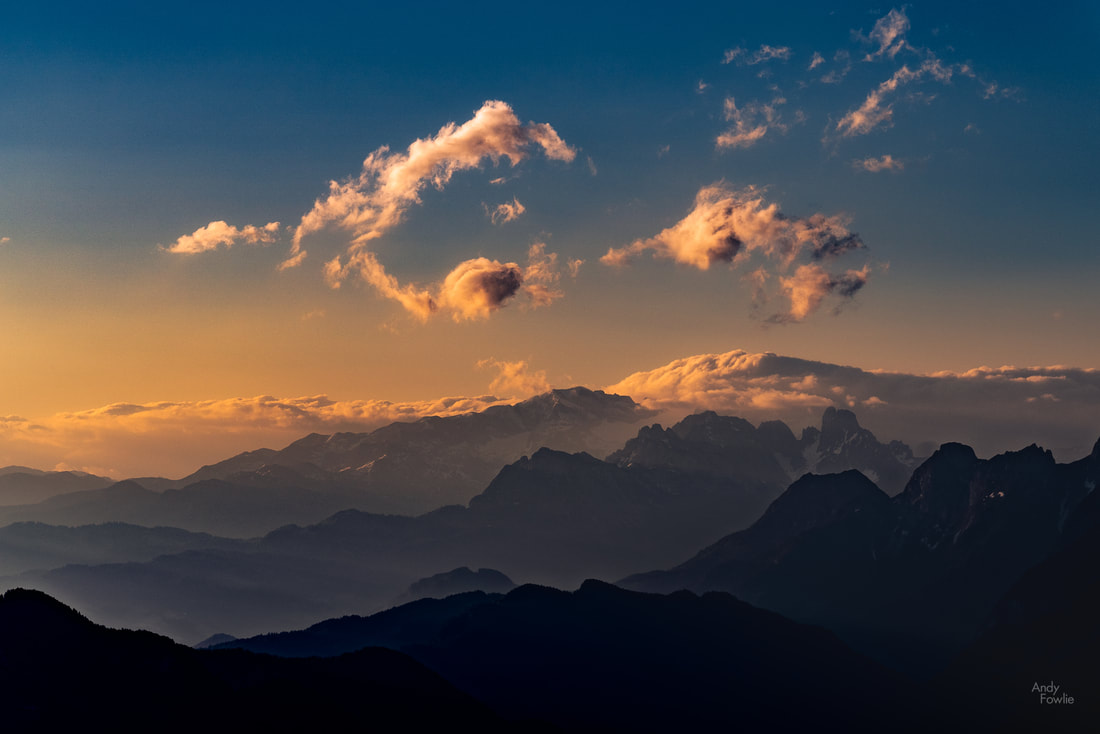
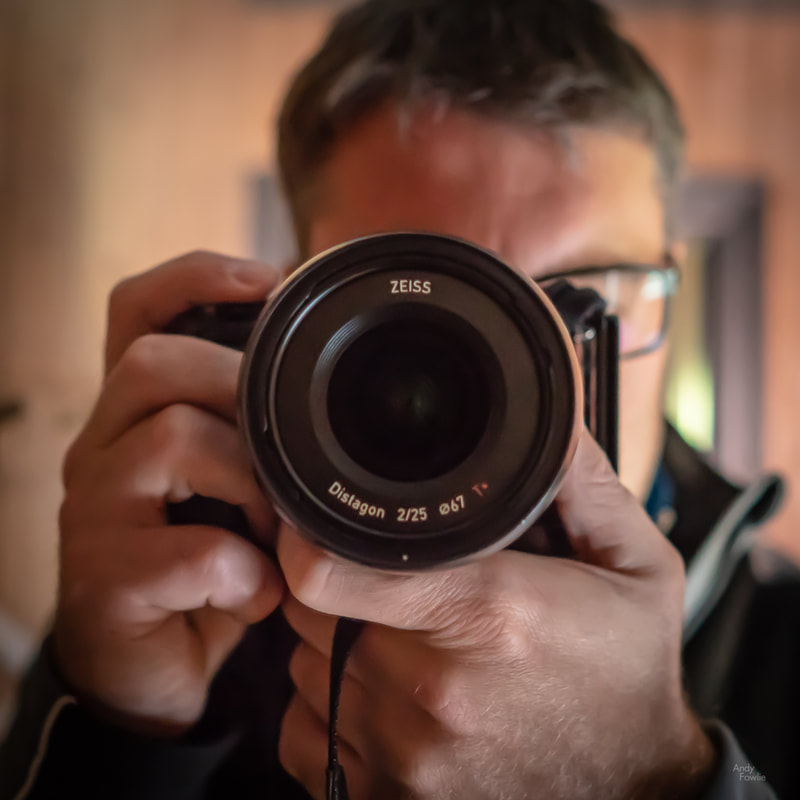
 RSS Feed
RSS Feed
